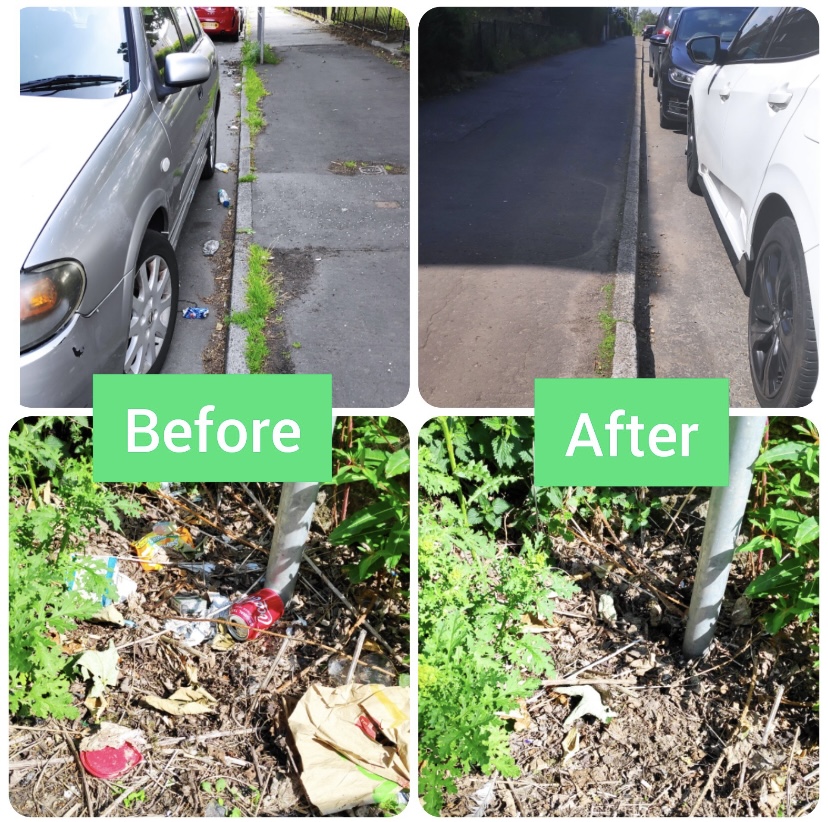Rachel Cowper, Programme Director here at CNS, reflects on how we should focus on enabling our children and young people to spend quality time and gain experiences in their local outdoor spaces.
It’s that time of year again when ‘family’ feels more important than ever. We’re coming together to eat, drink and celebrate – and we’ve some blissful time away from the office, the school and the usual hum drum.
It’s a time of year that you tend to see families out and about in the street or parks – playing with their children, enjoying the latest toys, or simply walking-off the excess Christmas treats.
But here’s a question for you – why do we not see that level of engagement in our outdoor spaces throughout the year? Where are the children playing or hanging out the other weekends of the year?
Through our research and that of others – such as Nature.Scot – children and young people do not go outside as much as they once did. With the volume of health and wellbeing benefits from being outside – what’s stopping them?
In areas of multiple disadvantages, children are less likely to engage in spaces outside. They cite reasons such as litter, neglect, inaccessible and neglected spaces, fear of other older children or adults, as well as traffic.
So, what can be done to address this? What can ‘we’ do to enable children to feel happy and safe in their own neighbourhoods – to go outside not just during the holidays, but year around?
Some communities we work with have taken matters into their own hands, and are addressing these issues.
“We are surrounded by a lack of care”: improving outdoor spaces
In Drumchapel, the community decided to tackle the litter and fly tipping – organising regular litter picks and coordinating with the council for additional days when the bagged rubbish was collected. The children led the way with support from key adults in the community – and slowly a change is occurring.

Similarly in other areas, children have expressed that they want to go outside – but feel frightened to do so. Charities have therefore stepped in to deliver street play and youth sessions in these communities. This is so that children can come outside, feel safe, meet with friends in the real world and not the virtual one they have been confined to of late.
These matters are important to children and young people. Being outside increases physical activity levels, and being outside in green and natural spaces supports a better sense of wellbeing.
Being with real people playing real games and having real conversations aids social and developmental skills. These are key skills for life more generally.
So perhaps this new year, we should think about what we can do to support children and young people in our neighbourhoods. How can we enable them to have quality time and experiences safely in our own neighbourhoods – and let them have the benefit of that for the years yet to come.
For further information and research on this theme please read the latest insight blog by Dr Claire Bynner and Benjamin Murphy from the CNS Research Team.
Insight Blog: Improving local greenspaces for children and young people.

